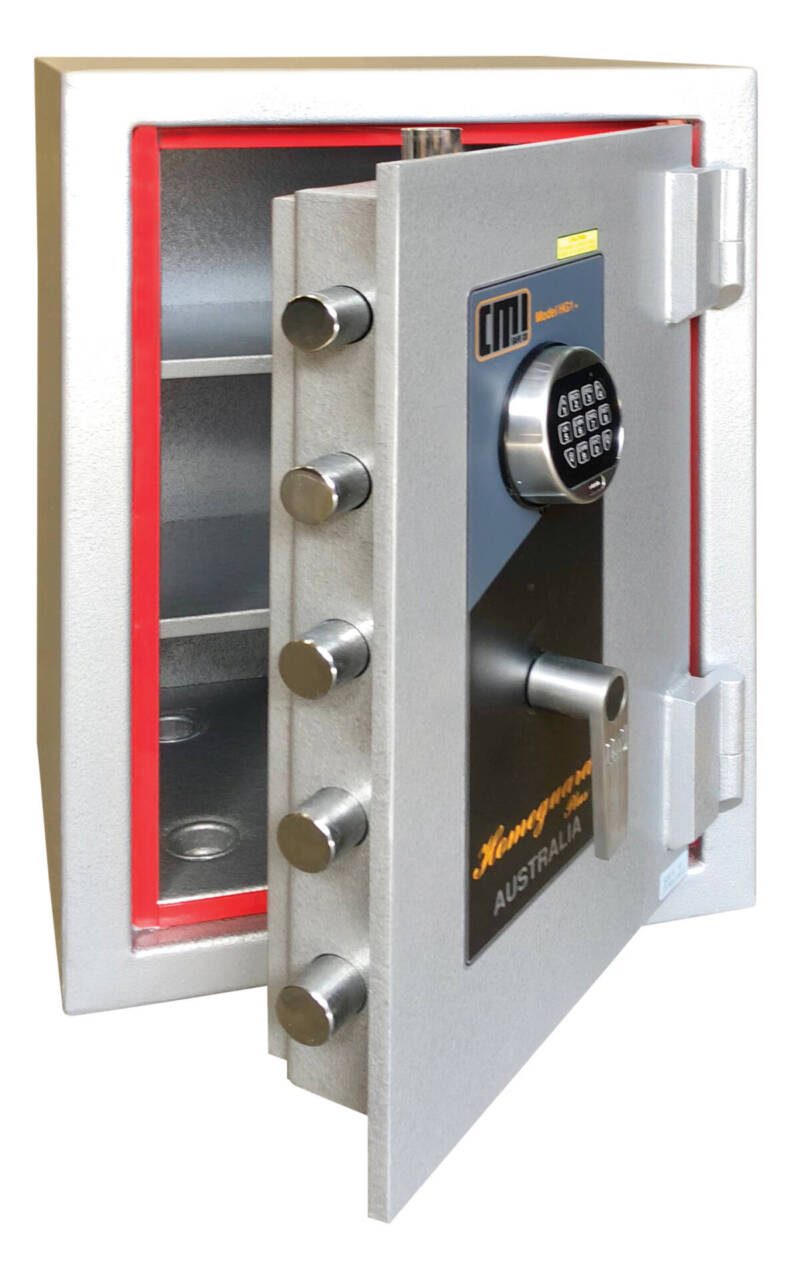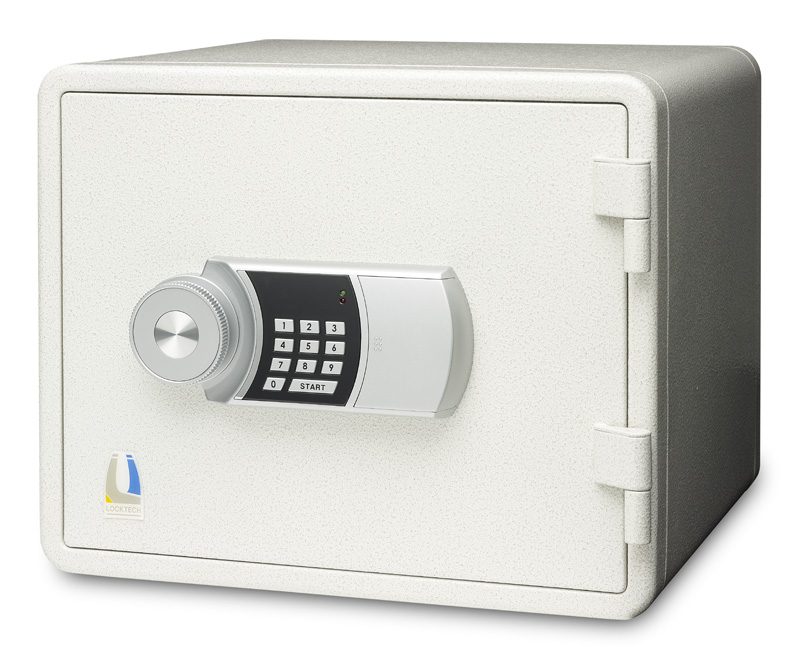Safes
Choose from Newcastle’s largest range of safes

Overview
Jewellery, watches, personal or confidential papers, passports, money, computer records or maybe an item that has been passed down through the family and would be irreplaceable if stolen – if you see a value in it, so will a thief. A thief is lazy. They want to use as little effort as possible to steal as much as they can. They do not want to spend the time attempting to break into a safe.
We can install and supply
- Home/Domestic Safes
- Commercial/Retail Safes
- Bank/Jeweller Safes
- Fire/Data Document Safes
- Gun Safes
- Deposit Safes
- Hotel Safes
- Drug | Pharmacy Safes
- In Floor Safes
Safes will not only resist a forceful attack but you can’t just pick them up and walk off with them. Many people leave valuables in or on dressing tables, in easily accessible cupboards or just lying around because they’re in their own home and they feel secure. Make sure you’re not one of them and have a Safe fitted today.
Brochures
Click on the name to open and view for more information
- CMI Home Safes
- CMI Drug Safes
- CMI Basic Security Safe
- CMI Home Guard Plus
- Guardian Angel G9 Safe
- Locktech Safes Homes & Business
- Yale Safes Catalogue
These are only a small example of safes available through AJ Edden, call or visit our showroom to discuss your requirements

Why Choose AJ Edden
Excellent Customer Service
Competitive Pricing
Custom Products
Door-By-Door Packing
Variation Tracking
Installation Support
Alarm Systems
CCTV

Commercial Door Hardware
Residential Door Hardware

